
Strawberry milk, pink ice creams and milkshakes, pink frozen novelty coatings, berry yogurts, and more will be impacted by a Red 3 replacement wave.
The FDA move is not the only looming threat to artificial colors: A number of state bills have been introduced targeting synthetic ingredients and titanium dioxide, and California’s ban of synthetic colors from schools was already signed into law to be effective in 2027.
The expected surge of natural color interest may also create a strain on supply chains as supply exceeds demand before the market is able to recover.
With all this in mind, what are the most reliable Red 3 alternatives for dairy manufacturers to consider?
The dairy applications most likely to be using Red 3 today are milk and ice cream. Other occupants of the frozen section, like ice pops and frozen novelties, also commonly use Red 3 for bright pinks.
Achieving the vibrancy
of a Red 3 color match
Acidity of the product
Heat treatment/ processing
When replacing synthetic colors with natural alternatives, the main concern for developers is almost always vibrancy. Fortunately, years of R&D have expanded the natural color rainbow to include new, highly optimized color solutions that provide stronger vibrancy than ever before.

The neutral pH of most dairy products can dictate the natural color solutions recommended for best performance. For example, while many beverages use anthocyanins for a wide range of reds and pinks in low pH systems, anthocyanins typically lose some of their stability when the pH rises above 4.0. Most dairy products are pH 4.0 or higher, and milk specifically typically falls in the range of pH 6.5-7.0.
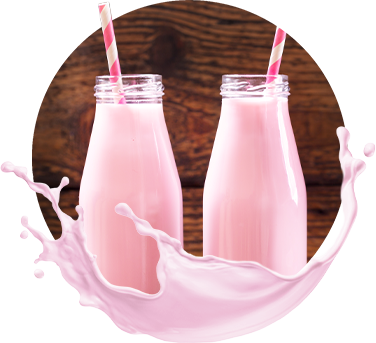
The processing conditions, particularly any heat treatment, can also impact color performance. Beet is a popular choice for pinks and reds in applications where the pH is above 4.0, but it is extremely sensitive to heat and water activity. This makes beet a great choice for ice creams, where water activity is low and no heat processing is required, but a more robust solution is needed for milk.
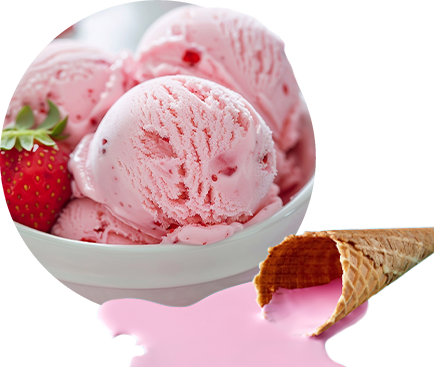
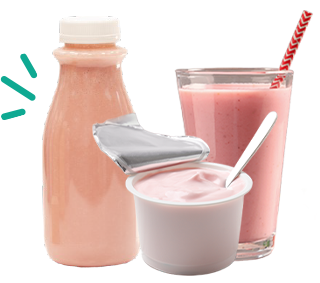
This clean-label solution is stable under heat processing like UHT across all pH 2.5-7.0, providing a pink hue to dairy applications.
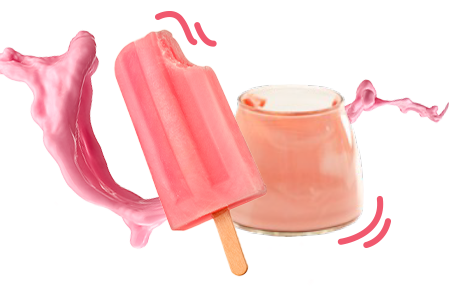
Beta Carotene is a cost-effective stable solution for all pH 2.5-7.0, providing an orange-red hue as an alternative to the bright pink of Red 3.
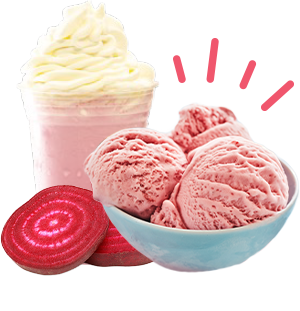
Sensient’s UberBeet™ portfolio includes a broad range of beet-based solutions from cost-optimized beet juice, ideal for ice cream and frozen novelties, to optimized products like SupraRed™ with enhanced stability, perfect for milk and other heat-treated products.

This natural color shows excellent stability across pH, heat, and water conditions and a great Red 3 color match, but Kosher compliancy and regulatory restrictions set by retailers and consumer preferences can give some brands pause.
Sensient’s R&D and global Agronomy programs are continuously working to reduce cost throughout our product development, manufacturing, and supply chain as well as to create optimized botanicals and color technologies to reduce cost-in-use.
If you have questions about the color solutions available or what’s best for your product, let us help! We love to talk color.